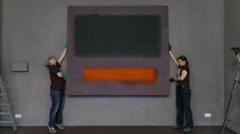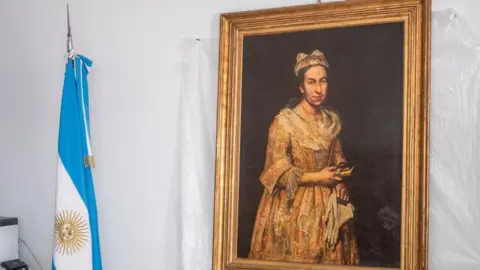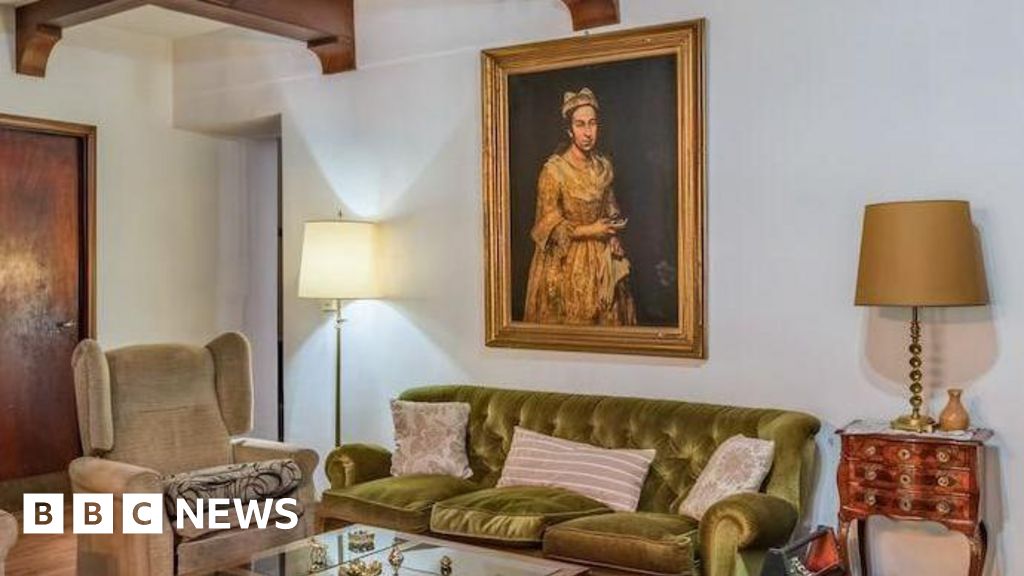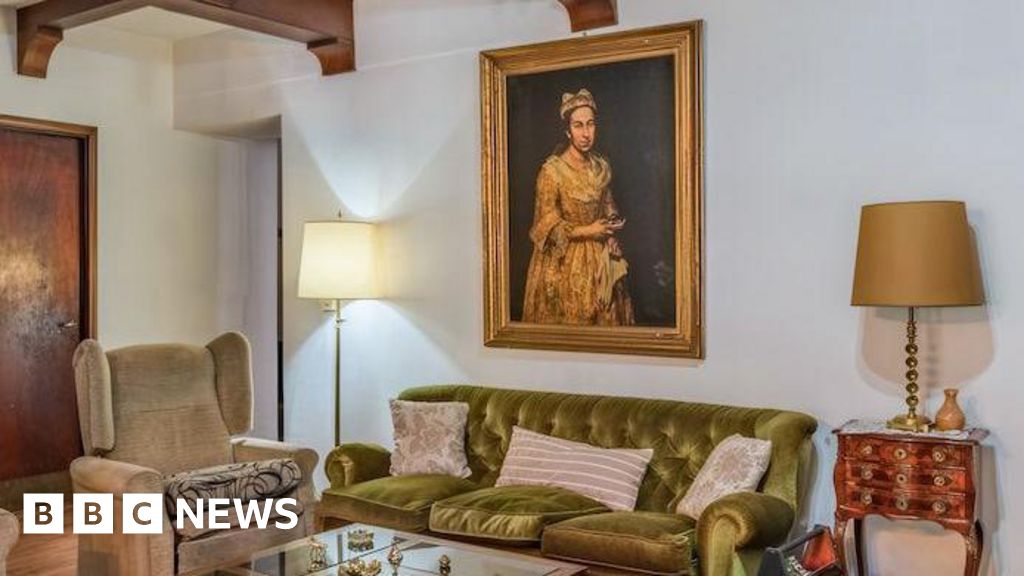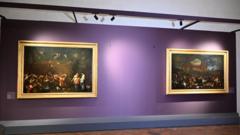The incident occurred during an "unguarded moment" when the artwork, Grey, Orange on Maroon, No. 8, was on display in the Depot area of the museum. The museum confirmed the damage is "superficial," consisting of small scratches in the lower section of the painting. Currently, conservation experts both domestically and internationally are being consulted to determine the best course of action for restoration.
The museum aims to display the painting again in the future, acknowledging the challenges posed by Rothko’s unique techniques. Experts note that Rothko's unvarnished paint method makes his works susceptible to damage. Conservation specialist Sophie McAloone highlighted the risks involved with modern paintings lacking protective layers, indicating even slight abrasions can dramatically alter the viewing experience.
This incident raises implications for cultural institutions worldwide, especially those considering increasing public access to their archival collections. Marketing manager Jonny Helm expressed concern for museums, such as the V&A East and the British Museum, in light of Rothko's unfortunate history with damage.
Rothko's works have faced vandalism before, notably when Wlodzimierz Umaniec purposely damaged Black on Maroon in 2012, leading to extensive restoration efforts. Following this recent damage, the museum has not disclosed who will take financial responsibility, although art insurance policies typically cover accidental damage caused by visitors and children, excluding certain conditions.
A spokesperson for the museum mentioned that they may implement a similar policy to previous incidents where damage caused by visitors led to repair costs being passed on to individuals involved.
As museums continue grappling with the balancing act of accessibility and preservation, the recent incident may prompt a reevaluation of the security measures in place to protect invaluable works of art. The Rothko piece remains a significant example of color field painting, reflecting a trend of modern art vulnerability in public spaces.
A juxtaposition of future art accessibility and preservation approaches echoes the ongoing challenges faced by art institutions in safeguarding their collections.
The museum aims to display the painting again in the future, acknowledging the challenges posed by Rothko’s unique techniques. Experts note that Rothko's unvarnished paint method makes his works susceptible to damage. Conservation specialist Sophie McAloone highlighted the risks involved with modern paintings lacking protective layers, indicating even slight abrasions can dramatically alter the viewing experience.
This incident raises implications for cultural institutions worldwide, especially those considering increasing public access to their archival collections. Marketing manager Jonny Helm expressed concern for museums, such as the V&A East and the British Museum, in light of Rothko's unfortunate history with damage.
Rothko's works have faced vandalism before, notably when Wlodzimierz Umaniec purposely damaged Black on Maroon in 2012, leading to extensive restoration efforts. Following this recent damage, the museum has not disclosed who will take financial responsibility, although art insurance policies typically cover accidental damage caused by visitors and children, excluding certain conditions.
A spokesperson for the museum mentioned that they may implement a similar policy to previous incidents where damage caused by visitors led to repair costs being passed on to individuals involved.
As museums continue grappling with the balancing act of accessibility and preservation, the recent incident may prompt a reevaluation of the security measures in place to protect invaluable works of art. The Rothko piece remains a significant example of color field painting, reflecting a trend of modern art vulnerability in public spaces.
A juxtaposition of future art accessibility and preservation approaches echoes the ongoing challenges faced by art institutions in safeguarding their collections.

